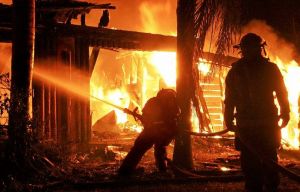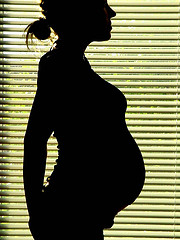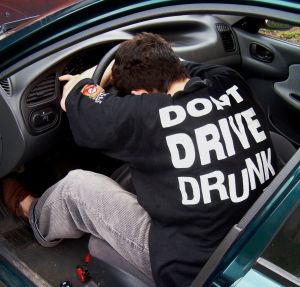 As high school sports become increasingly competitve, life altering injuries are becoming increasingly common. Unfortunately, some serious injuries can come across as benign to the untrained eye. When a high school basketball player bumped heads with another player in the middle of a game, it was not readily obvious until months later that he had experienced a concussion. Elsewhere, a high school football player experienced a series of headaches over several days before collapsing on the field, later learning that the headaches were signs of a serious brain injury. Because of these dangers, it is critical that schools promote a safe environment for sports. At the same time, players need to be educated about safety in sports, and how to advocate for themselves when they have an injury.
As high school sports become increasingly competitve, life altering injuries are becoming increasingly common. Unfortunately, some serious injuries can come across as benign to the untrained eye. When a high school basketball player bumped heads with another player in the middle of a game, it was not readily obvious until months later that he had experienced a concussion. Elsewhere, a high school football player experienced a series of headaches over several days before collapsing on the field, later learning that the headaches were signs of a serious brain injury. Because of these dangers, it is critical that schools promote a safe environment for sports. At the same time, players need to be educated about safety in sports, and how to advocate for themselves when they have an injury.
In some schools, there are certified athletic trainers who are trained to assess injuries to determine whether or not they are benign. However these trained professionals are not required to be certified in California, Hawaii and Alaska . In California, only two fifths of the athletic trainers are certified. As a result, the role of the athletic staff-the coaches and trainers-are all the more important as supervisors of student athletes. Of course, all the supervision in the world cannot perfectly prevent the unavoidable-instead, supervision is a means to enforce rules that promote safety.
Since not everyone involved in sports programs is a trained medical professional, It can be difficult to connect initial symptoms to a serious injury. As a parent, coach or athlete, it is important to be aware of some general signs that may suggest a possibly serious injury. For example, some common injuries are concussions and spinal cord injuries. Although such injuries range in severity and how they present themselves, there are some general signs to keep an eye out for. Concussions are often associated with loss of concentration, memory, headaches or impaired judgment. Some possible signs of a spinal injury include extreme back or neck pain and difficulty breathing or walking. Of course, these are look-out signs, and not definitive on their own. Knowing to look for possible signs of a serious injury can help athletes, parents and coaches seek medical attention to verify whether the player is healthy, and if not, to find out what can be done to help.
Just this month, the California legislature passed a law requiring private schools to disallow students who have concussions from playing in their respective sports until they are cleared by a health professional. In some area schools, there is a discussion about requiring players to have medical examinations done as a baseline for any future injury. This would give doctors a reference point to see if there are cognitive changes for the individual (rather than average) baseline. This has become a policy of the National Football League, where at the beginning of each season,professional football players are examined by doctors to establish a baseline.
The NFHS (National Federation of High Schools) and NIAAA (National Interscholastic Athletic Administrator Association) have put together a useful guide that outlines some safety guidelines that coaches can implement. The guide explains that there is a benefit to matching players with other players who are comparable in size, age, speed, and experience so that players can be challenged without being in danger. Another element considered by the guide is that of conditioning-it is helpful to train the student athletes gradually to adjust their bodies to rigorous exercise. A final item on the guide is the coach’s to assessment of athletes’ ability to reasonably accomplish tasks without hurting themselves. Along those lines, student athletes experiencing discomfort can advocate for their own safety by expressing any injury or discomfort that is not readily visible so that athletic staff can make more informed decisions about the safety of the players.
Continue Reading ›
 Vehicles Turning, Colliding with Bicycle Riders
Vehicles Turning, Colliding with Bicycle Riders San Francisco Injury Lawyer Blog
San Francisco Injury Lawyer Blog














 As high school sports become increasingly competitve, life altering injuries are becoming
As high school sports become increasingly competitve, life altering injuries are becoming  A Stanford University study, covered in an Associated Press article carried by
A Stanford University study, covered in an Associated Press article carried by 

 Scam Targets Older Homeowners in Newark, CA
Scam Targets Older Homeowners in Newark, CA July’s crash at San Francisco International Airport is notable because it involved a large, commercial airliner. Approximately thirteen months prior, Bloomberg published and distributed
July’s crash at San Francisco International Airport is notable because it involved a large, commercial airliner. Approximately thirteen months prior, Bloomberg published and distributed 